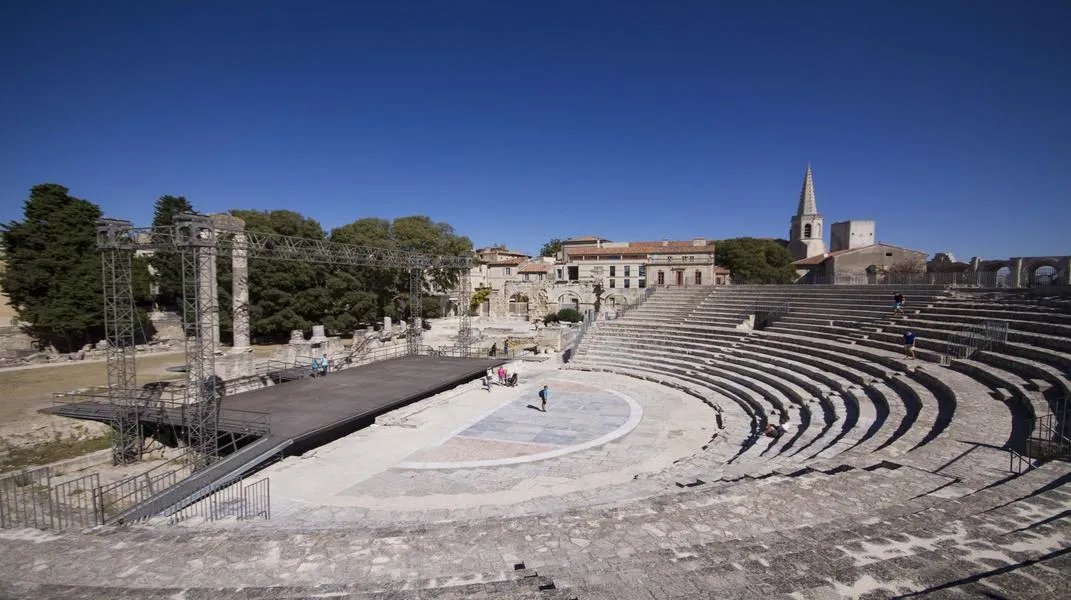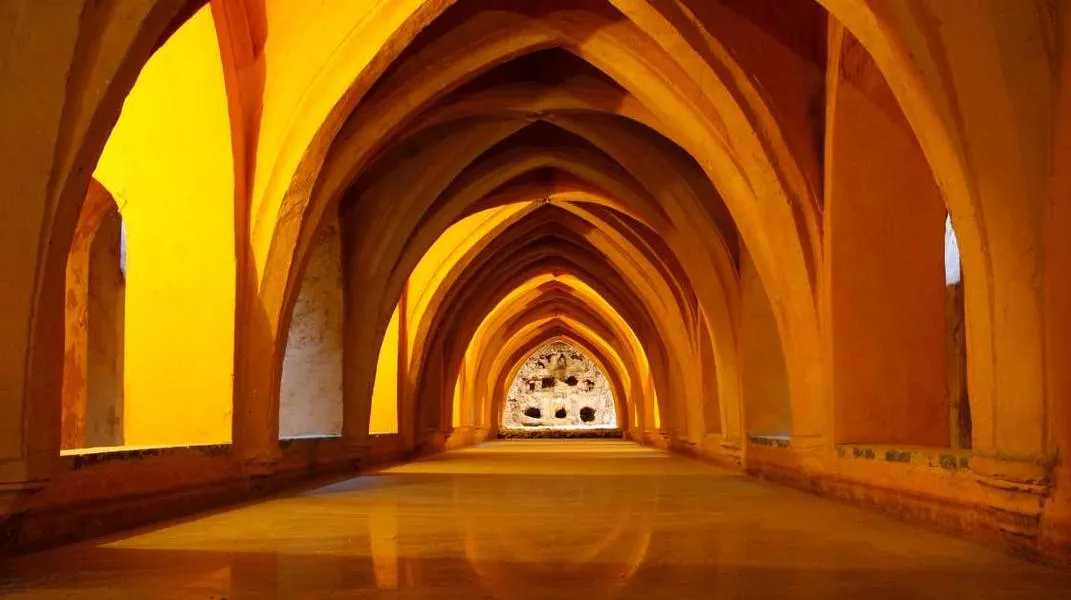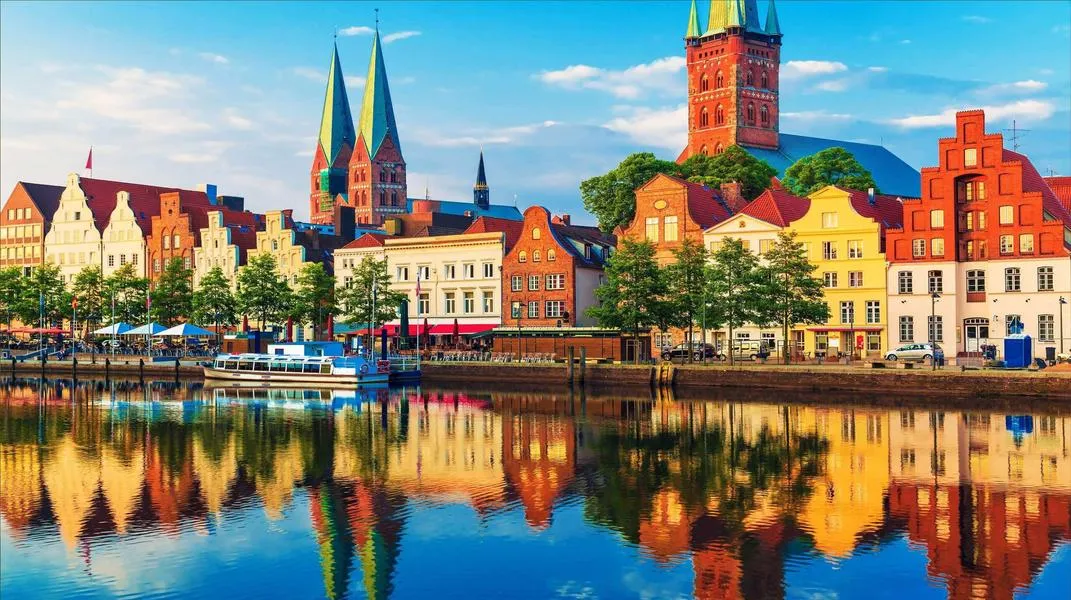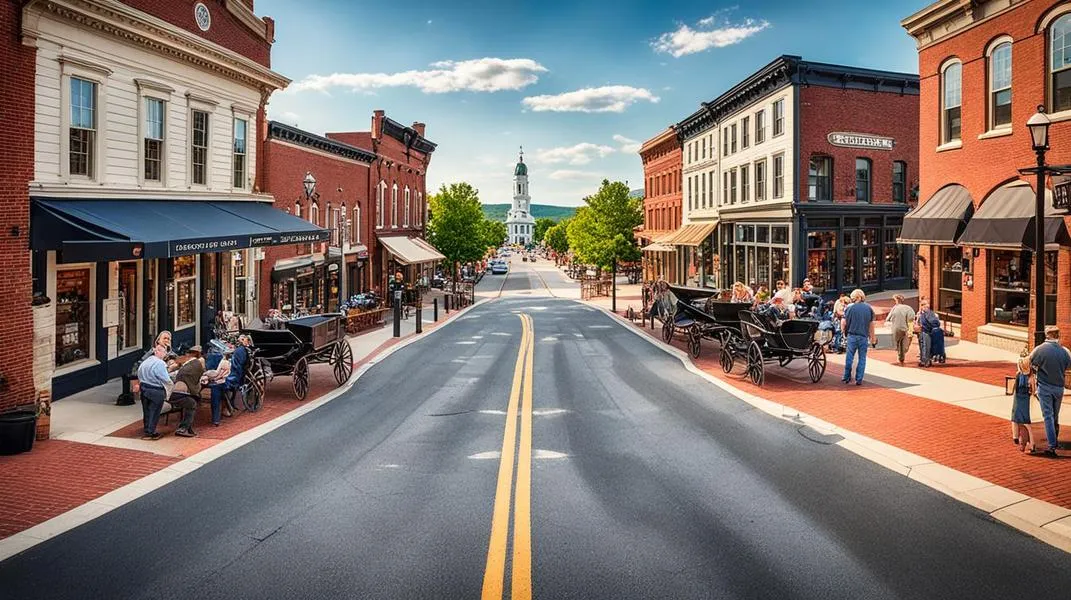Discovering Arles: A Timeless Journey Through History and Culture
Nestled in the heart of Provence, Arles is a city that boasts an illustrious history dating back to Roman times. Renowned for its rich cultural heritage, stunning architecture, and vibrant arts scene, Arles is a must-visit destination for travelers seeking to immerse themselves in the charm of southern France. This article will delve into the various attractions that make Arles a unique tourist destination and provide essential tips and materials to prepare for your visit.

A Brief History of Arles
Arles, founded as a Greek trading port in the 6th century BC, became a significant Roman settlement under Julius Caesar in 46 BC. It was known as Arelate and quickly grew into an important economic and cultural center. The city was adorned with magnificent structures, many of which still stand today, offering a glimpse into its storied past. Arles also has a connection to the post-impressionist painter Vincent van Gogh, who lived and worked in the city during the late 19th century, resulting in a lasting artistic legacy.
Major Attractions in Arles
1. The Roman Amphitheatre (Les Arènes)
One of the most iconic landmarks in Arles is the Roman Amphitheatre, or Les Arènes. Built in the 1st century AD, this remarkable structure could accommodate up to 20,000 spectators and was originally used for gladiatorial games and public spectacles. Today, it serves as a venue for various cultural events, including bullfights and concerts. Visitors can explore the amphitheatre's tiers, chambers, and passageways, all while imagining the grandeur of ancient Roman life.
2. The Ancient Theatre
Another testament to Arles' Roman heritage is the Ancient Theatre, dating back to the 1st century BC. Although partially restored, it remains a stunning example of Roman architecture and was once capable of seating around 10,000 spectators. The theatre hosts performances during the summer months and provides a beautiful backdrop for cultural events.
3. The Alyscamps
The Alyscamps, an ancient Roman necropolis, is a hauntingly beautiful site located just outside the city walls. This tree-lined pathway was once lined with tombs and monuments, and it inspired many artists, including van Gogh, who painted several scenes of the area. Visitors can stroll through the historic site, taking in the atmospheric ambiance and reflecting on the lives of those who once inhabited Arles.
4. Saint-Trophime Church
The Church of Saint-Trophime is a stunning example of Romanesque architecture and is classified as a UNESCO World Heritage Site. Its intricate façade features beautiful sculptures depicting biblical scenes, and the interior boasts remarkable frescoes and a serene cloister. The church is a peaceful place to explore and offers a glimpse into the spiritual life of Arles throughout the centuries.
5. Van Gogh's Legacy
Arles is closely associated with Vincent van Gogh, who created over 300 paintings during his time in the city between 1888 and 1889. The Foundation Vincent van Gogh Arles is dedicated to preserving and promoting his legacy. Visitors can explore exhibitions featuring works by van Gogh and contemporary artists inspired by him. Additionally, a walking tour of the city allows you to visit locations where van Gogh painted famous scenes, including the Café Terrace at Night and the Yellow House.
6. The Luma Arles
A more recent addition to Arles' cultural landscape is the Luma Arles, a contemporary art center designed by architect Frank Gehry. The center hosts rotating exhibitions, workshops, and events that celebrate creativity and innovation. Its striking architecture has quickly become a symbol of modern Arles, making it a must-visit for art enthusiasts.
7. The Rhône River
The Rhône River gracefully flows through Arles, providing picturesque views and opportunities for leisurely strolls along its banks. The river is an integral part of the city’s history, serving as a vital trade route in ancient times. Today, visitors can enjoy scenic boat trips, picnics by the river, or simply relax while watching the sunset over the water.
Preparing for Your Visit
To make the most of your journey to Arles, there are several items and preparations you should consider:
1. Research and Itinerary Planning
Before your trip, familiarize yourself with Arles' major attractions and create a rough itinerary. Consider the opening hours of the sites you wish to visit, as some may have seasonal hours or require advanced reservations. Ensure to allocate time for leisurely exploration of the city’s charming streets and hidden gems.
2. Comfortable Footwear
Arles is best explored on foot, with its cobblestone streets and numerous attractions within walking distance. Invest in a pair of comfortable walking shoes to ensure you can enjoy your time without discomfort.
3. Weather Considerations
The climate in Arles varies with the seasons. Summers can be hot and dry, while winters are mild. Be sure to check the weather forecast before your trip and pack accordingly. Lightweight clothing, sunblock, and a hat are essential for summer visits, while a light jacket may be necessary for cooler evenings.
4. Photography Gear
Arles is a photographer’s paradise, with its stunning architecture, vibrant colors, and scenic landscapes. Bring a good quality camera or smartphone to capture the beauty of the city. A tripod may also be useful for taking long-exposure photos during the evening.
5. Local Currency and Payment Options
While many establishments in Arles accept credit cards, it’s wise to carry some cash for smaller shops, cafés, or markets. The currency used in France is the Euro (€). Make sure to notify your bank of your travel plans to avoid any issues with using your cards abroad.
6. Language Preparation
While many locals in Arles speak English, especially in tourist areas, it’s helpful to learn a few basic French phrases. Simple greetings, polite expressions, and important questions can enhance your interactions with locals and enrich your experience.
7. Transportation
Arles is well-connected by public transportation, making it easy to reach from nearby cities like Avignon and Nîmes. The city is also bike-friendly, with several rental shops available. If you prefer to drive, ensure you familiarize yourself with local traffic rules and parking regulations.
8. Local Cuisine
No visit to Arles would be complete without indulging in the local cuisine. Research traditional dishes such as ratatouille, bouillabaisse, and tapenade. Consider making reservations at popular restaurants or exploring local markets for fresh produce and regional specialties.
Conclusion
Arles is a city that captivates the imagination with its rich history, stunning architecture, and vibrant arts scene. From the grandeur of its Roman ruins to the legacy of Vincent van Gogh, every corner of Arles tells a story waiting to be discovered. By preparing adequately for your visit and embracing the local culture, you’ll create lasting memories in this enchanting Provençal gem. Whether you’re an art lover, history enthusiast, or simply seeking a picturesque escape, Arles promises an unforgettable experience that will leave you yearning to return.




